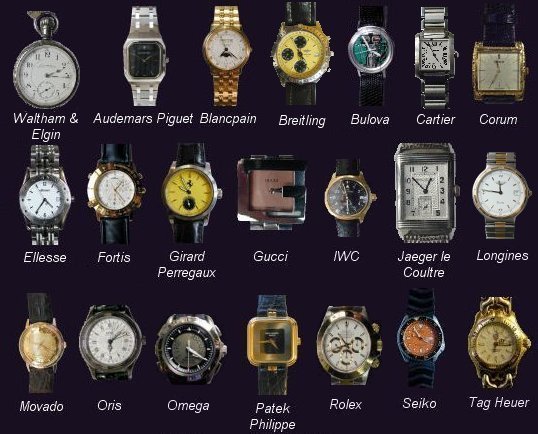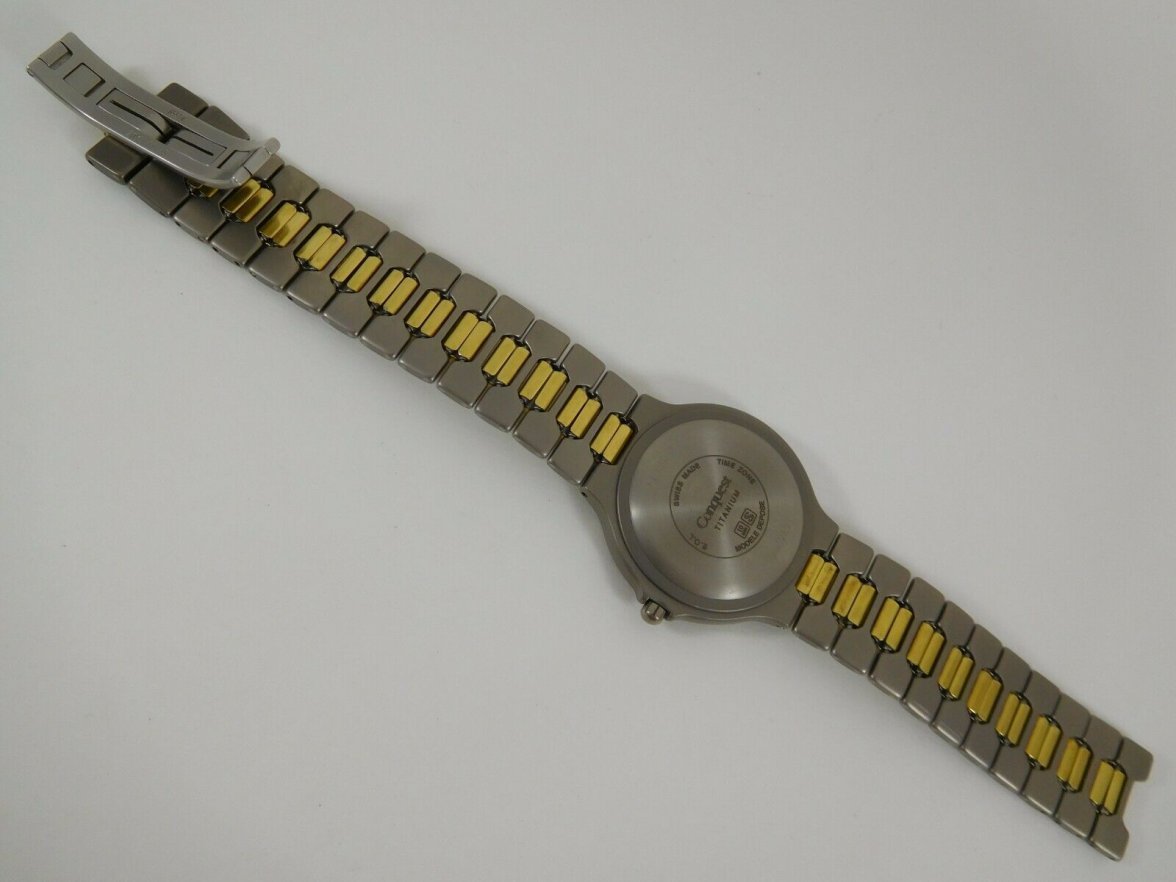

This caliber 13.15 powered a great number of models intended to adorn elegant feminine wrists. Bure’s pocket watches were made at the LONGINES factory their numbering can be checked on the tables of the Longines release years. Precious, feminine golden square watch with original, beautiful oval mechanical movement, manufactured by Longines. Later, in the 1920s, the remnants of production and the brand were sold to Switzerland.

Presumably, in the 1919 - early 1920s there was a transition period when they began to produce watches on traditional "P-U" mechanisms but already oriented to Europe with the signature "Paul Buhre". Accordingly, it ends with a year of revolution, after which the watch was no longer officially presented as a reward.Īctually, the assembly factory was still working and later also moved to Riga, where in antique shops you can still find many hours with numbers 49xxx. Our best watches often sell before they ever reach the website. The numbering ends with the year 1917 for the reason that the table is compiled according to the award inscriptions on the Bure watches of the tsarist period. And the mechanisms that came from abroad in the form of a set of spare parts (90% of all Bure mechanisms) and assembled in Russia by Russian craftsmen in the Bure workshops were numbered according to the table. Bure was obliged to put the number of the purchased mechanism on his watch. This piece, the condition and proper functioning of which impresses specialists, is a major discovery for the Swiss watch brand.When purchasing expensive mechanisms assembled in Switzerland, P. An engraving showing two blank crests and a floral motif adorn its cover. Emblem of the brand since the very beginning, a winged hourglass is engraved on its movement and inside its cover. Housing a mechanical wind-up movement, this “savonette” type silver pocket watch is characteristic of the pieces created by Longines at that time. Thanks to its small serial number – 183 – and to the indications inscribed in the archives registers, preciously preserved, the brand’s historians and watchmakers can attest that this pocket watch was manufactured in 1867, the year the Longines factory was created to replace the original counter founded in 1832. Its owner, an American collector of Japanese descent, went to the headquarters of the brand to authenticate his piece. The Swiss watch brand is therefore extremely proud to have recently discovered, thanks to the research of one of its collectors, the oldest Longines watch known to date. Thanks to its small serial number – 183 – and to the indications inscribed in the archives registers, preciously preserved, the brand’s historians and watchmakers can attest that this pocket watch was manufactured in 1867, the year the Longines factory was created. Thanks to the researches of a passionate collector, it was possible to discover the oldest Longines watch that has been found to date. It is in this spirit of tradition and preservation of its heritage that the winged hourglass company passionately seeks to find traces of its oldest pieces.

Through its museum, the preservation of its archives and the know-how of its watchmakers, or by growing its historical collections, Longines places great importance on honouring its rich past, a source of inspiration to this day. With a long and rich history, the brand has always made a point of taking care of its heritage and of showcasing it. This serial number indicates that this pocket watch was manufactured in 1867, making it the oldest Longines watch that has been found to date. Longines is particularly proud to have discovered, thanks to one of its faithful collectors, a real treasure of its past, the Longines 183 watch.


 0 kommentar(er)
0 kommentar(er)
